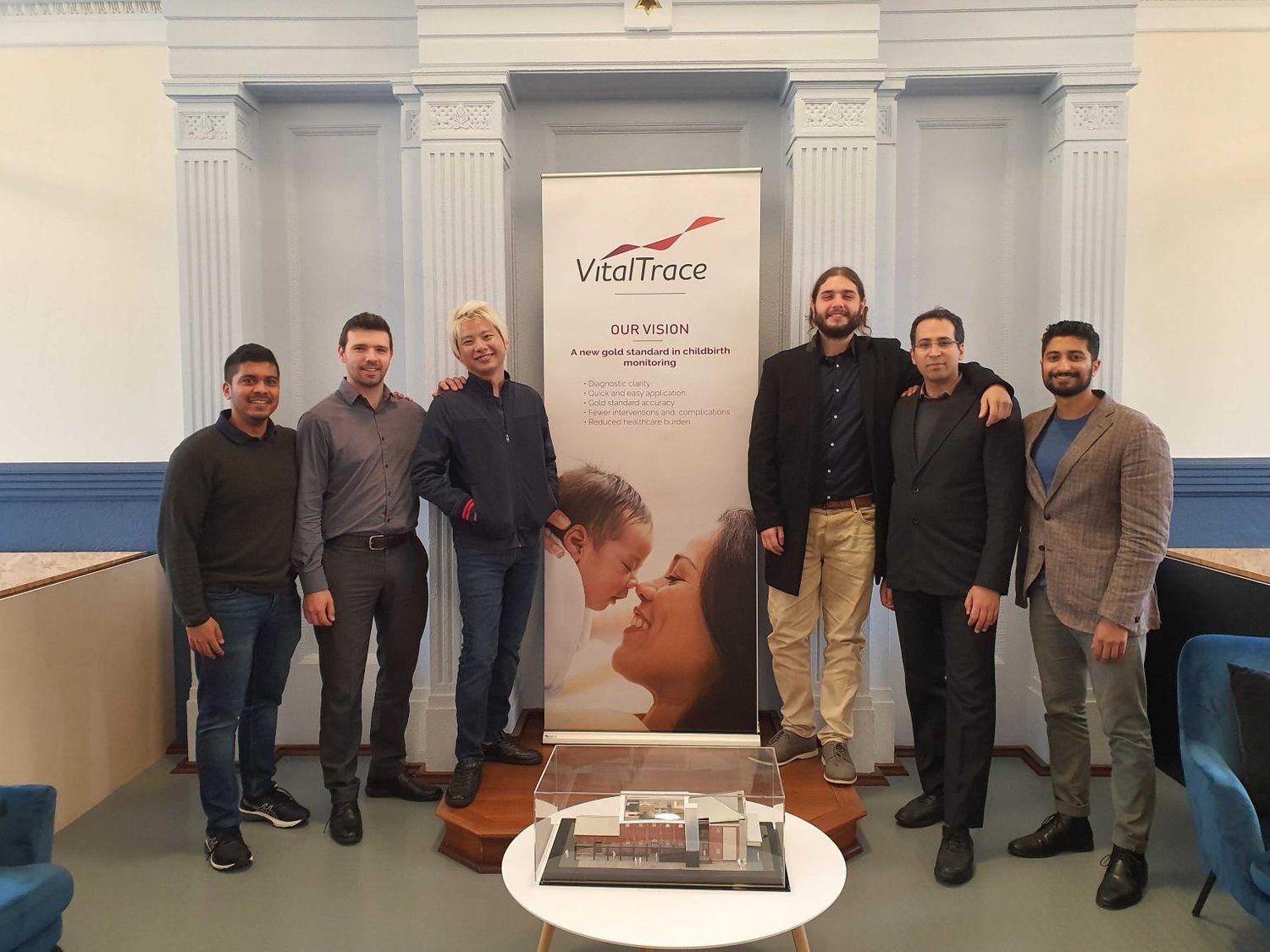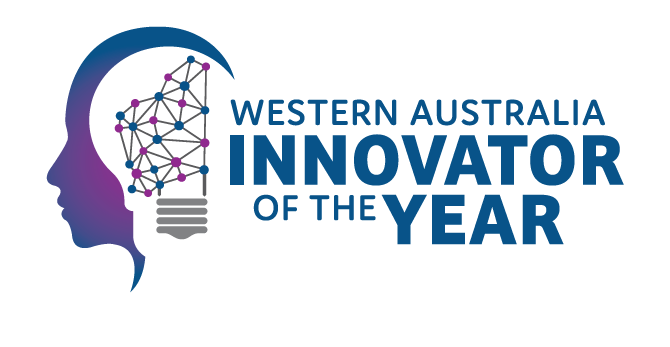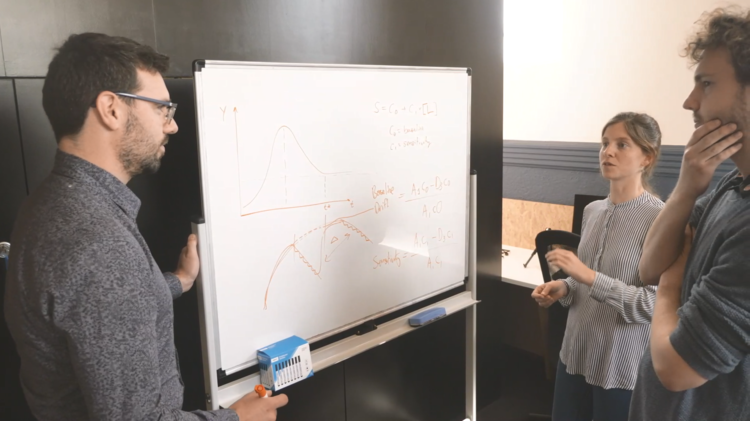Related news

VitalTrace partners with IPREP in 2020
VitalTrace has had the pleasure of participating in iPREP WA's Industry and PhD Research and Engagement Program.
VitalTrace has had the pleasure of participating in iPREP WA's Industry and PhD Research and Engagement Program. We were fortunate to work with our very own “Dream Team”; Alvin Lee, Saman Akbar Zadeh and Georgios Mavropalias, bringing their expertise in signal processing, data science and biomedical science respectively.

Western Australia Innovator of the Year Finalist
VitalTrace would like to announce we have been named a Finalist in WA Innovator of the Year for the Wesfarmers Wellbeing Category!
VitalTrace would like to announce we have been named a Finalist in WA Innovator of the Year for the Wesfarmers Wellbeing Category!
We are incredibly proud to be named amongst such high-calibre companies, including WA MedTech innovators in VeinTech, The University of Western Australia/Harry Perkins Institute of Medical Research and Avicena Systems.
Thank you to Department of Jobs, Tourism, Science and Innovation, Life Sciences WA MTPConnect and AusBiotech.
We cannot wait to see how this opportunity allows us to further progress our technology, company and mission to deliver a new gold-standard in childbirth monitoring.
Congratulations and good luck to all 2021 WA Innovator of the Year Finalists!
See the article on the Western Australia Department of Jobs, Tourism, Science and Innovation’s website.

VitalTrace receives $4M from the WA government to establish a new manufacturing facility
VitalTrace is proud to announce it has received support from the Cook government, under the Investment Attraction Fund (IAF) which supports WA advanced manufacturing projects as part of an effort to diversify the Western Australia economy.
VitalTrace is proud to announce it has received support from the Cook government, under the Investment Attraction Fund (IAF) which supports WA advanced manufacturing projects as part of an effort to diversify the Western Australia economy.
The IAF is intended to enable new investment into a range of industries, facilitating a more targeted and coordinated approach to investment attraction supporting the WA Government's economic diversification framework, Diversify WA.
Roger Cook, Premier of Western Australia said “Backing local companies to manufacture here in WA, to value-add, and to take on the world in developing high-tech products for the future.”
The dedicated and growing team at VitalTrace hopes to make good on Premier Cook’s support and create a nation first continuous lactate biosensor manufacturing facility.
